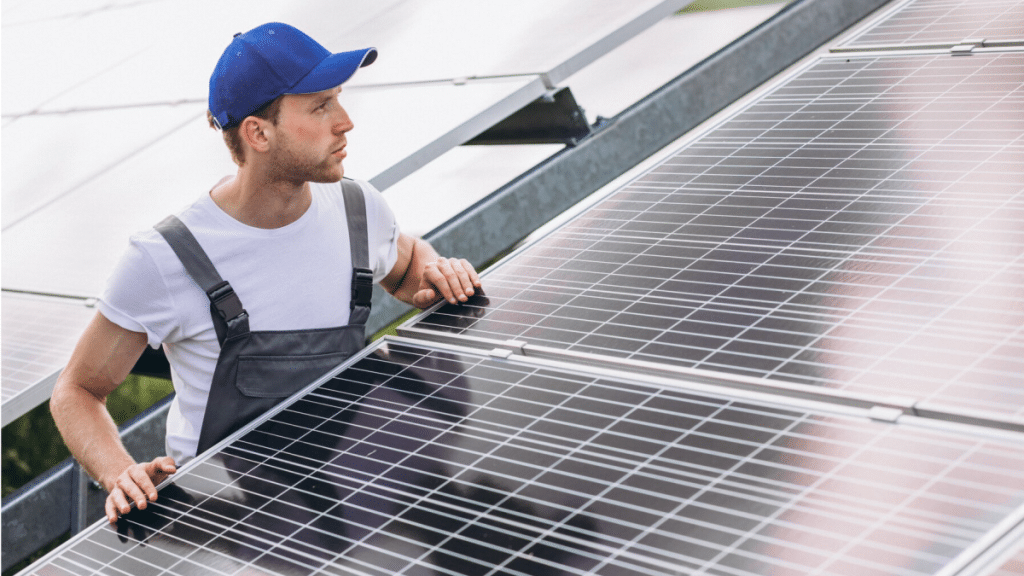Harnessing the power of the sun through solar panels is a sustainable and environmentally friendly way to generate electricity.
However, to ensure the longevity and efficiency of your solar panel system, regular maintenance is crucial. In this guide, we’ll explore the key steps and best practices for maintaining your solar panels.
1. Regular Cleaning
One of the simplest yet most effective maintenance tasks for solar panels is regular cleaning. Dust, dirt, bird droppings, and other debris can accumulate on the surface of the panels, reducing their ability to absorb sunlight. Ideally, cleaning should be done every 1-2 months, but the frequency may vary depending on your location and local environmental conditions.
To clean your solar panels:
- Use a soft brush or sponge to remove loose dirt and debris.
- Gently wash the panels with a mild detergent solution and clean water.
- Rinse thoroughly to remove any soap residue.
- Avoid using abrasive materials that could scratch the glass surface.
2. Trim Surrounding Vegetation
Ensure that there are no overhanging branches or vegetation that could cast shadows on your solar panels. Shadows can significantly reduce the efficiency of your system by blocking sunlight. Regularly trim trees and bushes to prevent shading and maintain optimal sunlight exposure.
3. Check for Physical Damage
Perform routine inspections to identify any physical damage to the solar panels or their support structures. Look for cracks, scratches, or other signs of wear and tear. If you notice any damage, contact a professional solar panel technician to assess and repair the issues promptly.
4. Monitor Energy Output
Keep track of your solar panel system’s energy production using monitoring tools provided by the manufacturer or third-party applications. A sudden drop in energy output could indicate a malfunctioning component or an issue with the system. Regular monitoring allows you to identify problems early and take corrective action.
5. Inspect Electrical Components
Solar panel systems include various electrical components, such as inverters and wiring. Often in the case of solar panels for landlords, it will be the landlord’s responsibility to ensure the relevant electrical safety tests are carried out and inspections of solar panels may be done at the same time as a matter of good practice.
Periodically inspect these components for signs of damage or loose connections. Ensure that all electrical connections are secure and that there are no exposed wires. If you are not familiar with electrical systems, it’s advisable to hire a professional technician for a thorough inspection.
6. Clean the Surrounding Area
In addition to cleaning the panels themselves, it’s important to keep the surrounding area clean. Remove any debris, leaves, or other materials that could accumulate around the base of the panels. This helps prevent pests from nesting and minimizes the risk of water damage to the system.
7. Check for Pests
Birds, rodents, and insects may find the space beneath solar panels an attractive nesting site. Inspect the area for signs of pest activity, and take appropriate measures to deter them. Pest droppings not only pose cleanliness issues but can also affect the efficiency of the panels.
8. Weatherproofing
Whether you are running a nursery in Wimbledon or a factory in Macclesfield, weatherproofing your solar panels is an important task to undertake to ensure their longevity.
Solar panels are designed to withstand various weather conditions, but it’s essential to ensure that they remain weatherproof. Check for water damage, especially around seals and connections. If you live in an area prone to extreme weather events, consider additional protective measures, such as installing hail guards or wind deflectors.

